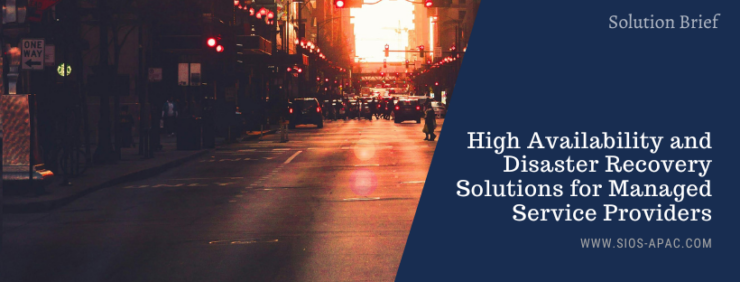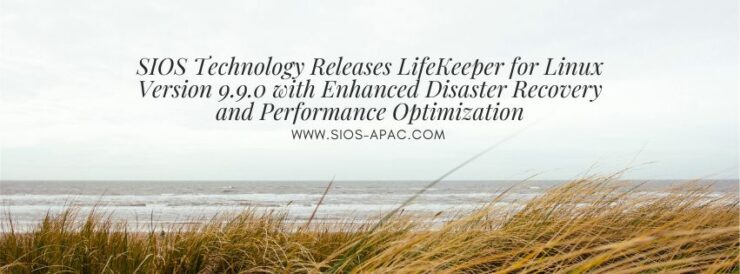| October 28, 2024 |
Top 5 Preventable Support Calls (And How To Avoid Them) |
| October 19, 2024 |
Help Us Help You: How to Provide Essential Info for Faster SIOS Support |
| October 13, 2024 |
Importance of determining the right level of protection |
| October 4, 2024 |
High Availability and Disaster Recovery Solutions for Managed Service Providers |
| September 27, 2024 |
SIOS Technology Releases LifeKeeper for Linux Version 9.9.0 with Enhanced Disaster Recovery and Performance Optimization |




